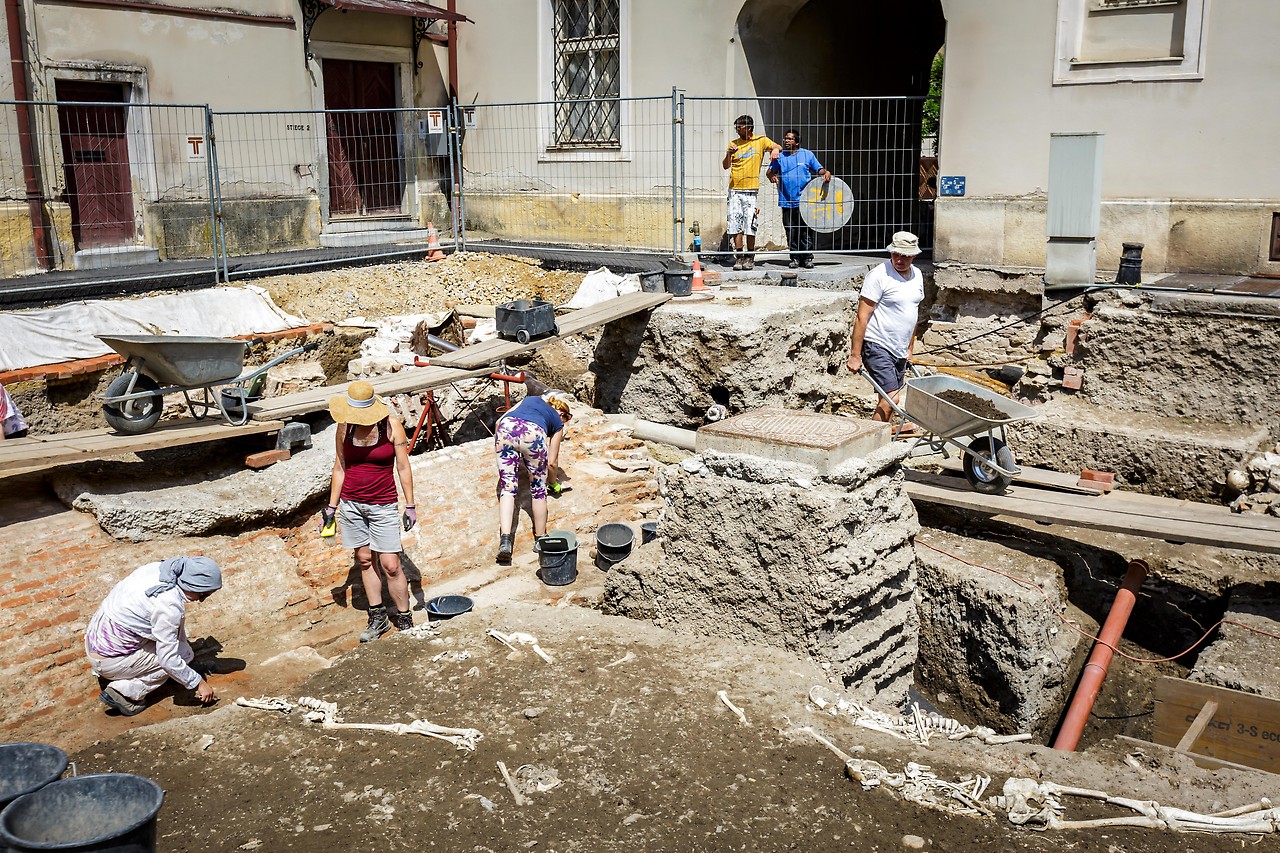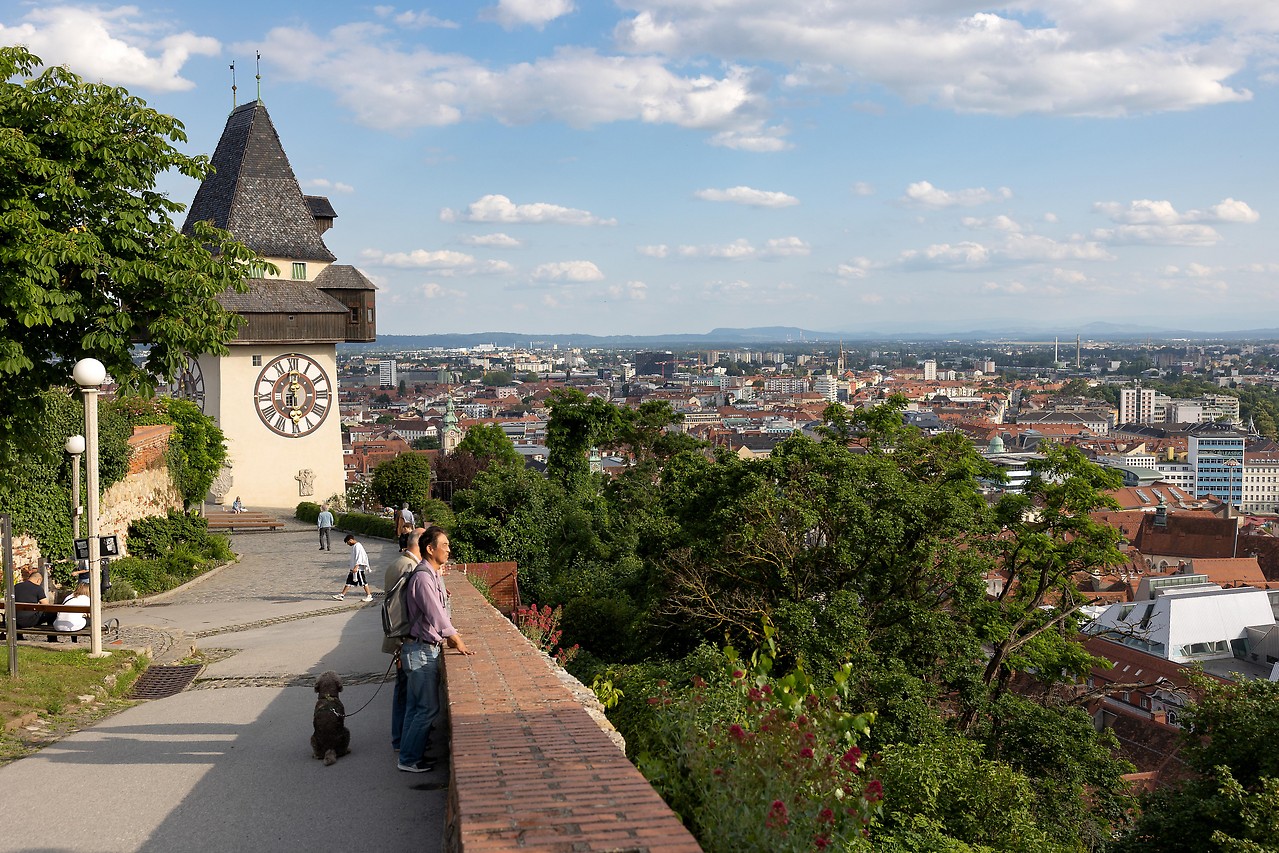After six weeks, the review of the 21-page draft ended on Thursday. Apart from many companies, tens of thousands of private individuals also submitted their reports. Many of them work in monument conservation, work for cities and universities at home and abroad, such as the renowned Celticologist and archaeologist Raymond Karl. The draft was “in many respects too complex, in some cases blatantly unconstitutional and inappropriate for contemporary, democratic monument protection”.
Carl isn't the only one tearing up the text of the law. Almost all reports contain criticism. For example, the State Archives talks about “contradictions” and passages that are now being deleted but are important to the law. Some reports speak of a step backwards. The University of Innsbruck's Institute of Archeology considers the project a threat to research freedom. There are also reviews from other universities and institutions.

Environmental Aspects, World Heritage and Archaeology
The draft comes from the Ministry of Culture under Vice-Chancellor Werner Koegler (Greens). There are currently around 39,000 listed buildings throughout Austria. This corresponds to 1.8 percent of the total inventory; The amendment affects a relevant number of people directly, including owners and conservationists, and indirectly, for example researchers.
A comprehensive and comprehensive draft was expected to elicit numerous comments. The focal point of the revision is the environmental aspect: in the future, opportunities for changes in the interests of climate protection should be more focused. In addition, the Federal Monuments Office can place groups of buildings under protection in an expedited process. More attention should be paid to liability issues and maintenance obligations for owners should be expanded.
The amendment also provides for the enshrining of the UNESCO World Heritage Site in the Act. In the future, the Federal Monuments Office must take a more active role in protecting movable cultural property. According to the ministry, “several simplifications” of procedures and timelines are planned in the field of archaeology. In addition, for the first time there are provisions relating to the preservation of discoveries made during archaeological excavations.
Freedom of research “undoubtedly violated illegally”
These rules in particular raise eyebrows. The Institute of Archaeological Sciences at the University of Vienna is reluctant to allow research on archaeological monuments. This is unfathomable because research – like photographic records – is “inherently non-invasive and non-destructive”. The consent requirement “undoubtedly violates research freedom in an illegal manner.”

Sharper tones are also coming from the institution responsible for the University of Salzburg. The amendment will make the work of local researchers more difficult and criminalize their activities. Legal experts from the state of Salzburg said that according to the wording, a photo of a tourist would not be banned individually, but a scientist's photo of an archaeological monument would be.
Using metal detectors without permission is also prohibited under the draft. A city and community archaeologist considers this “problematic”, especially when interested lay people, metal detectorists and local historians volunteer to participate in archaeological work, saving communities huge costs.
The definition is so broad that the university misses the criteria
Even the concept of a monument draws criticism. The amendment focuses on “man-made immovable and movable objects of historical, artistic or other cultural significance”. For Andreas Konegni of the University of Graz's Institute of Antiquities, the definition is so broad that “even the trash in my trash would theoretically fall under it.”

The University of Innsbruck does not have concrete criteria in the definition of justifying the public interest in the preservation of monuments. However, the word “archive” is not present in the draft on State Archives. The Ministry of Culture itself talks about a “broad” definition in its materials. However, items that qualify as monuments require “particular significance”.
“Insignificant Relic”
However, the Chamber of Commerce criticizes the proposed obligation to protect protected monuments. The building code duty of care is perfectly adequate. The Federal Monuments Office can now engage county administrative officials. Criticism was also made regarding the provisions relating to alterations in monuments. For example, the state of Vorarlberg suggests that the ban on destruction and alteration should apply to “all and immovable monuments”.
Anyone violating these rules will be fined. The Ministry of Justice has criticized the fine being earmarked for the memorial fund. By law, proceeds of crime cannot be transferred to funds. However, the number and size of fines has been manageable in the past. The purpose of the fines appears to be a “minor memorial” that cannot be used to fund the memorial fund anyway.
ÖBB-Holding welcomes the request to modernize the Monument Protection Act. At the same time, it is warned that destruction and disruption to change will have consequences for railway infrastructure. There is a fear that all interests will be subordinated to monument protection. The Bishops' Conference struggles with the duty to preserve or forbid change and destruction. According to the convention, these provisions are inconsistent with the constitutionally guaranteed fundamental right to property.
The expert recommends completely new negotiations
Additional points of criticism and recommendation include data protection, the capabilities of the Federal Monuments Office, accessibility, and the Monuments Advisory Committee, which is convened before destruction occurs. In its statement, the UNESCO Commission in Austria welcomes the inclusion of the World Heritage Convention in the Monument Protection Act. However, there is a lack of concrete details, for example the protection of world heritage and international standards.
According to the ministry plans, the law will come into effect in the first half of 2024. Until then it is not clear what will be changed, but the amendment will change and can be considered. If internationally recognized expert Carl had his way, the “failed” draft would not be recognized in this format. In an interview with ORF.at there are “big problems”. He recommends scrapping the legal text altogether and creating a new one with broad participation of interested parties in monument protection.